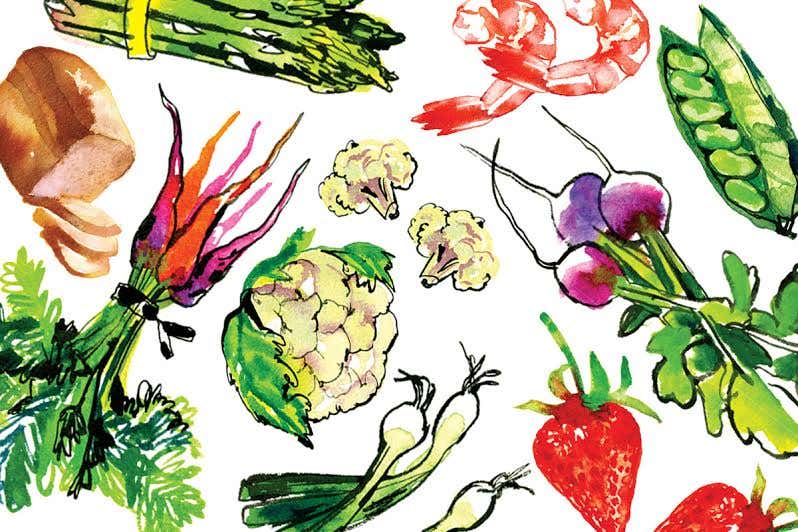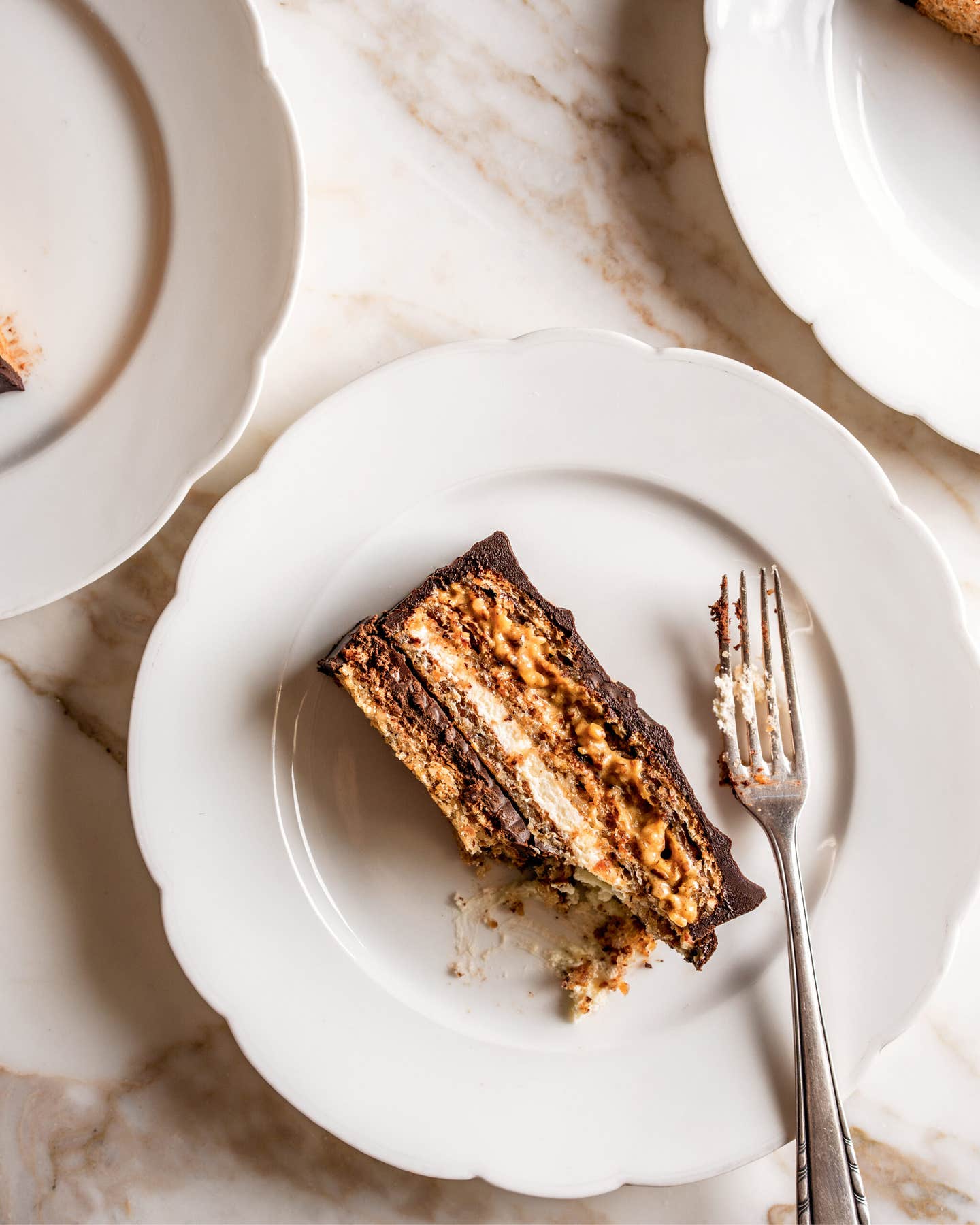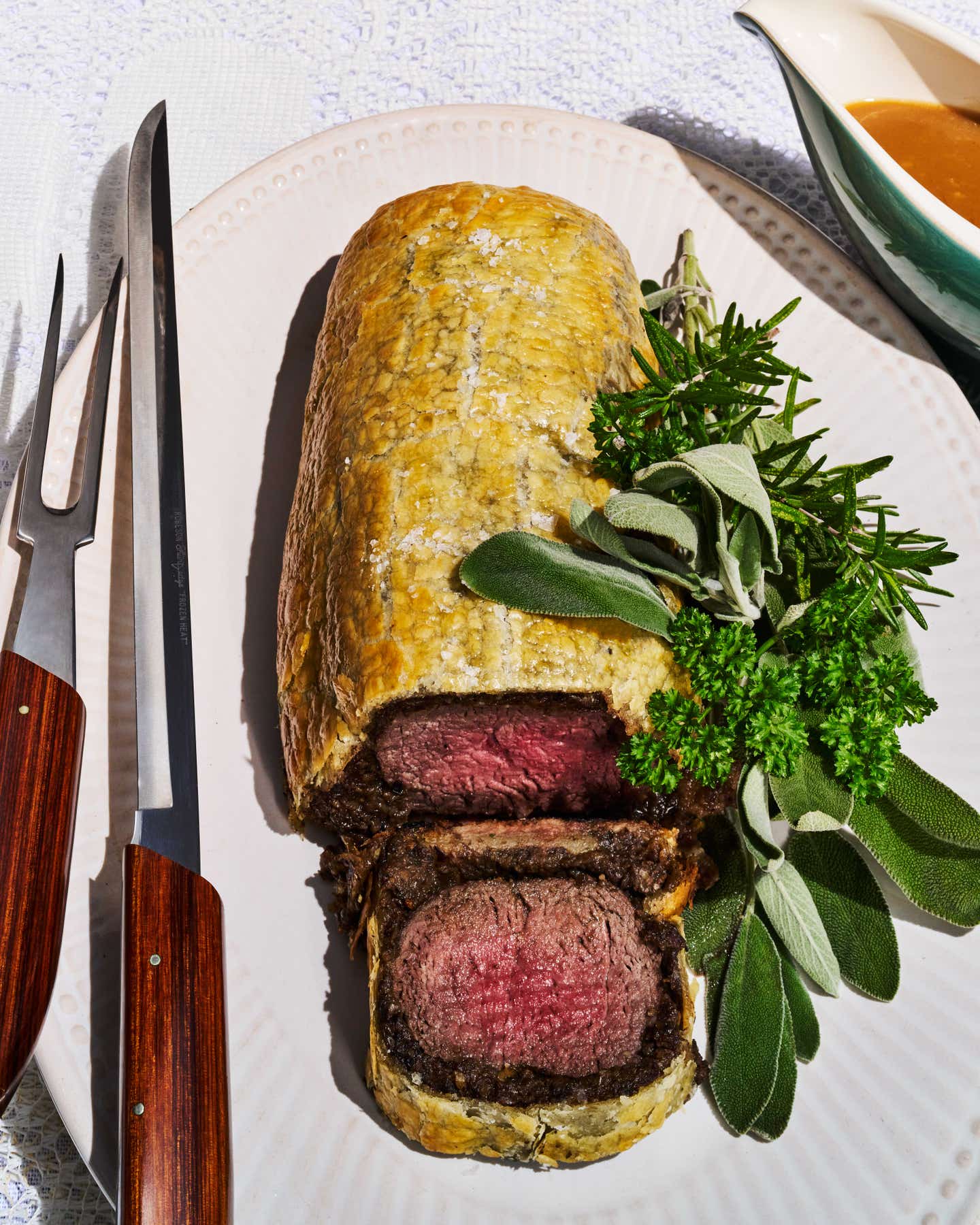
Handling & Storage Of Peppers
The principal heat-giving compound in peppers, capsaicin, is not concentrated in the fruit's seeds, as often thought, but rather in the pithy, seed-studded flesh, or placenta, which is located near the stem and extends along the inner ribs. Many cooks wear rubber gloves when handling very hot peppers; others halve the pepper lengthwise and scrape away the soft flesh and seeds with a small spoon (which, not incidentally, will dramatically reduce the pepper's pungency). Whatever your method, take care when handling the pepper's hottest parts: keep from touching your face, and wash your hands when you've finished. When shopping, choose peppers with the greenest stems (brown patches indicate that the pepper is less than fresh). Most fresh peppers can be left out for a couple of days, though some—especially those sold unripe, like green bells, or thin-skinned varieties like the habanero—will lose moisture more quickly and should be refrigerated after a day. When refrigerating, store the peppers in a tightly sealed plastic bag on the top shelf of the fridge (peppers store the best at between 45°F and 55°F). You can also freeze almost any kind of pepper for as long as a year; just seal them snugly in plastic bags. Frozen peppers will retain their flavor and heat, though their crunchy texture will be lost—not a problem in the case of chiles destined for cooked dishes and salsas.
Keep Reading
Continue to Next Story










